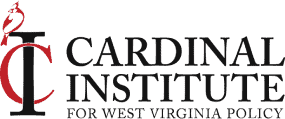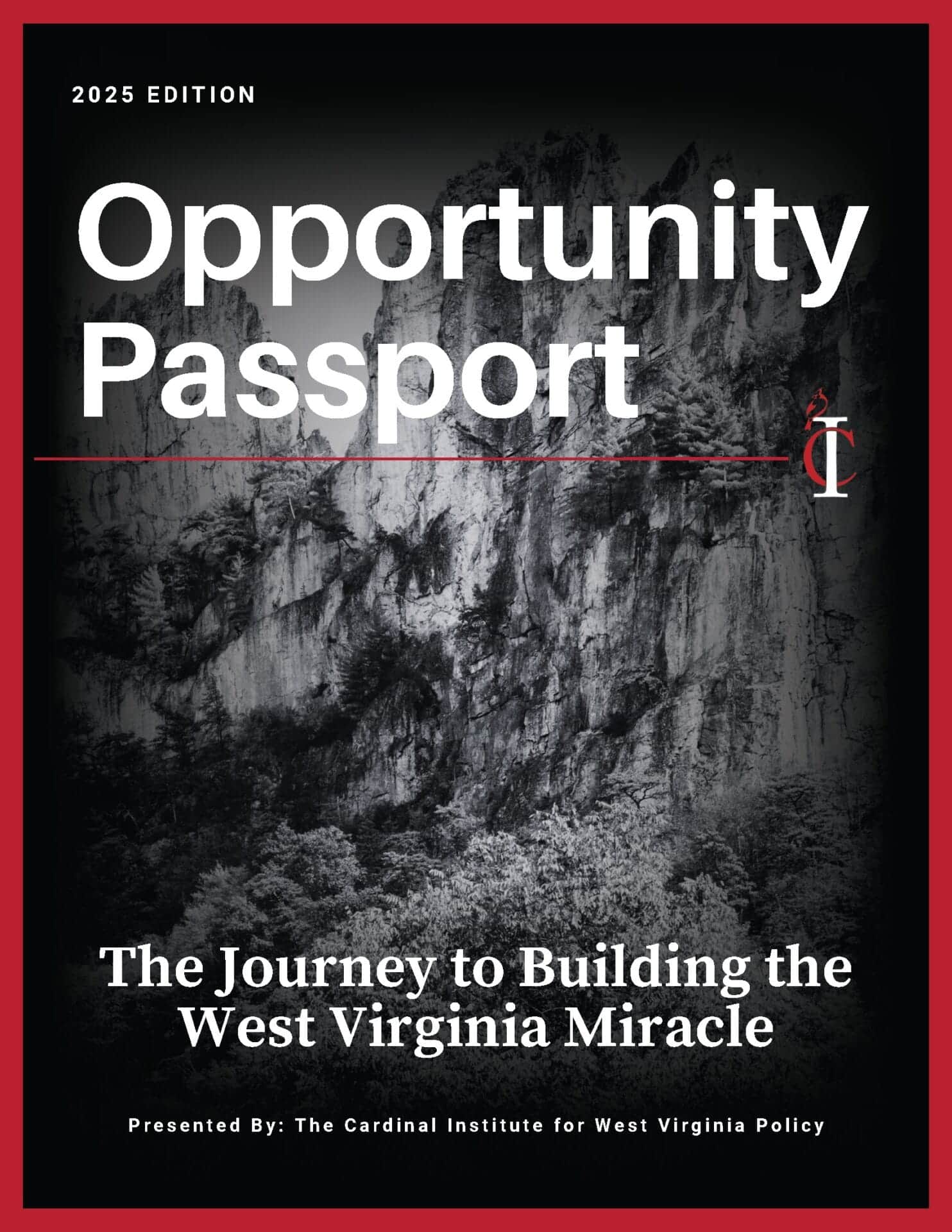
Timeline of a Miracle
Cardinal Team
Timeline of a Miracle in Education
We have seen some amazing changes in West Virginia over the last six years. This is in large part due to our efforts to build the West Virginia Miracle.
Six years ago, no one in West Virginia even knew what an education savings account was and hardly anyone was talking about school choice options.
In 2018, West Virginia was the darling of the Red for Ed movement.
Just over two years ago, West Virginia was still among the handful of states that did not allow charter schools.
In 2021, West Virginia became the darling of the education freedom movement by way of enacting the gold standard in private school choice legislation — the Hope Scholarship, a near universal education savings account program.
This is all a remarkable feat, but what does it actually take to go from 0-100 like was done in West Virginia? What are the steps required to build what most would consider a genuine policy miracle?
First thing you need – research
Just as this is the bedrock of any public policy change, it’s the foundation upon which a miracle is built. Sure, we at the Cardinal Institute were convinced of the good that education savings accounts could provide to West Virginia. However, our conviction alone was insufficient.
Sound research served as the educational basis for explaining to legislators, stakeholders, and the broader West Virginia public what these new-fangled programs actually are, what they do, and how families can use them.
This piece of the ever-growing body of research also provided sound defense against the attacks that would inevitably come against any choice program.
- Do students fare well in these programs?
- Yes. Academically, socially, civically, mentally, and more.
- Do the presence of these programs harm traditional public schools?
- No. In fact, students who choose to remain in those schools tend to perform better, and the financial situations of the traditional public schools are improved as well.
Second, you need a coalition
No one wins battles alone. This is just as true in policy battles as it is in any other battle arena.
First, find that core group of allied individuals and organizations that believe in the merits of the issue just as strongly as you do. Make sure they’re on the same page as you in terms of what victory looks like. Then, let everyone do what they’re the best at and make sure that everyone communicates with one another regularly.
Remember to expand this coalition beyond the core group. Maybe there are other individuals and organizations who aren’t 100% in agreement with you on 100% of things, but, they agree on enough to be a vital extra voice calling for change.
Third – tell stories
A friend of ours offered sage advice recently, “facts tell, stories sell.” This could not be more true. Many of us in the policy world, yours truly most definitely included, are far too comfortable and reliant on facts, statistics, logic, and rationality as the key tools of persuasion.
Emotions matter. Do not overlook the heart when wooing the brain.
The people you are trying to persuade need to have an emotional connection to whatever policy solution you’re offering. Make the problem you’re solving relatable. Show them an example that they can identify with. Make the solution inspiring. Show them how the policy you’re offering up has the power to change lives.
This is far from a comprehensive list of what you need to accomplish a miracle. But, if you can get these three together, you too can be well on your way to building your own miracle – just like the Hope Scholarship program.
Jessi Troyan is an economist and the Development Director for the Cardinal Institute for West Virginia Policy.







